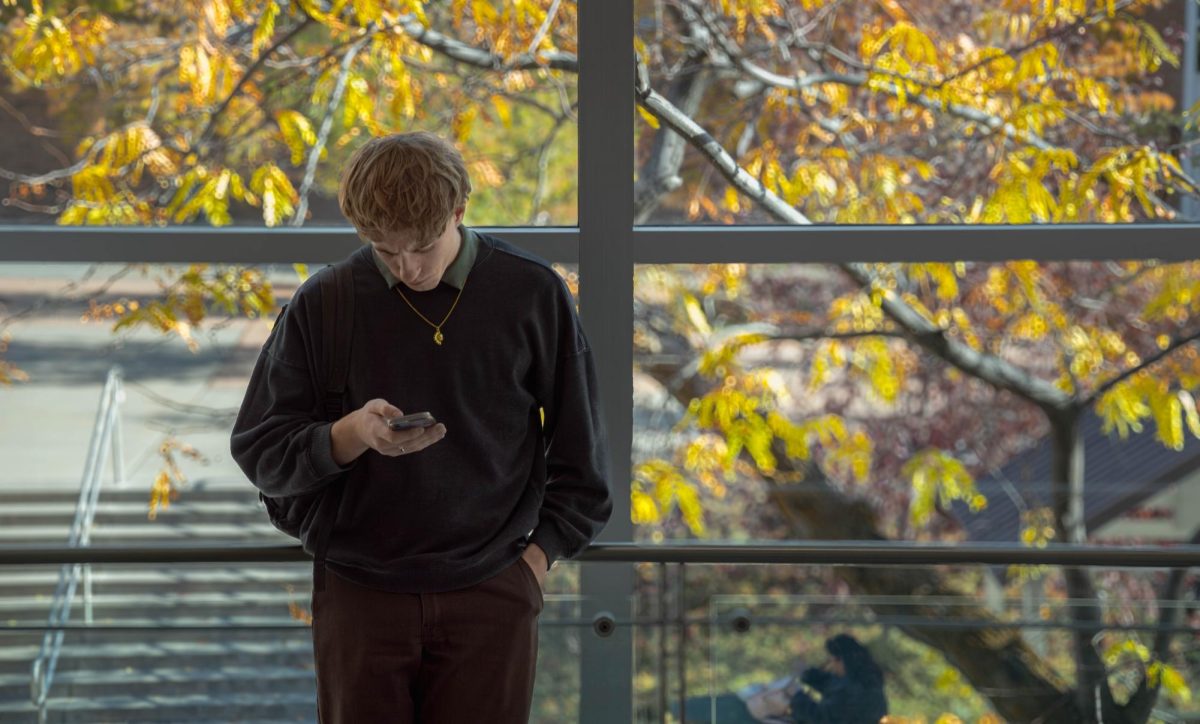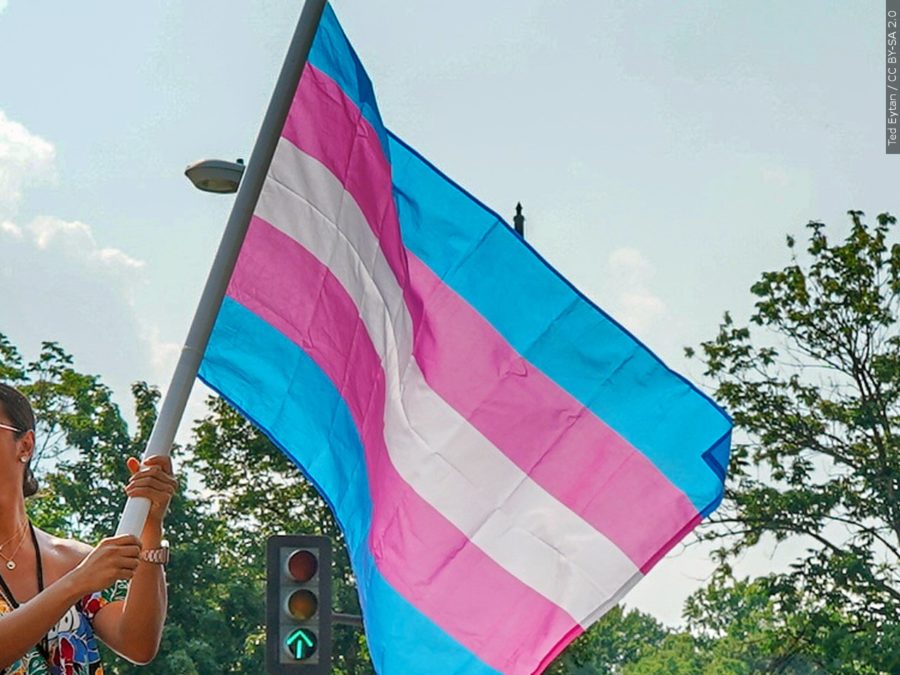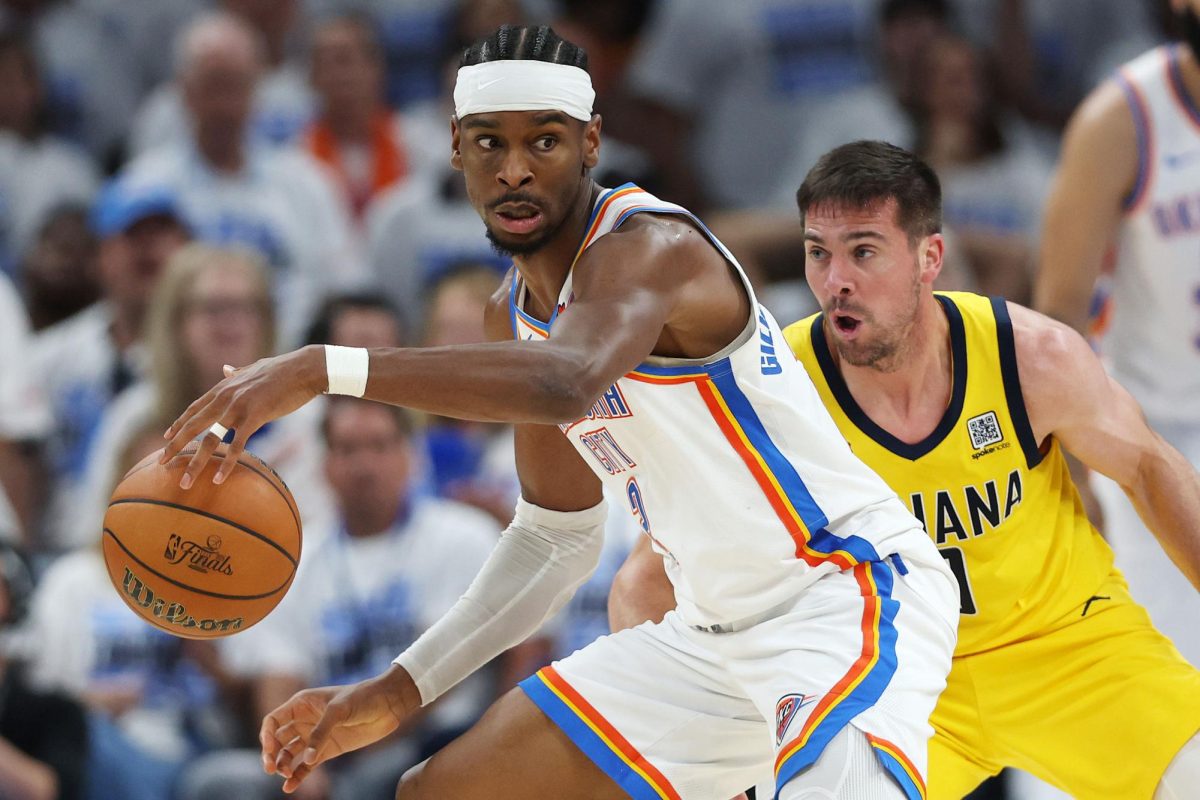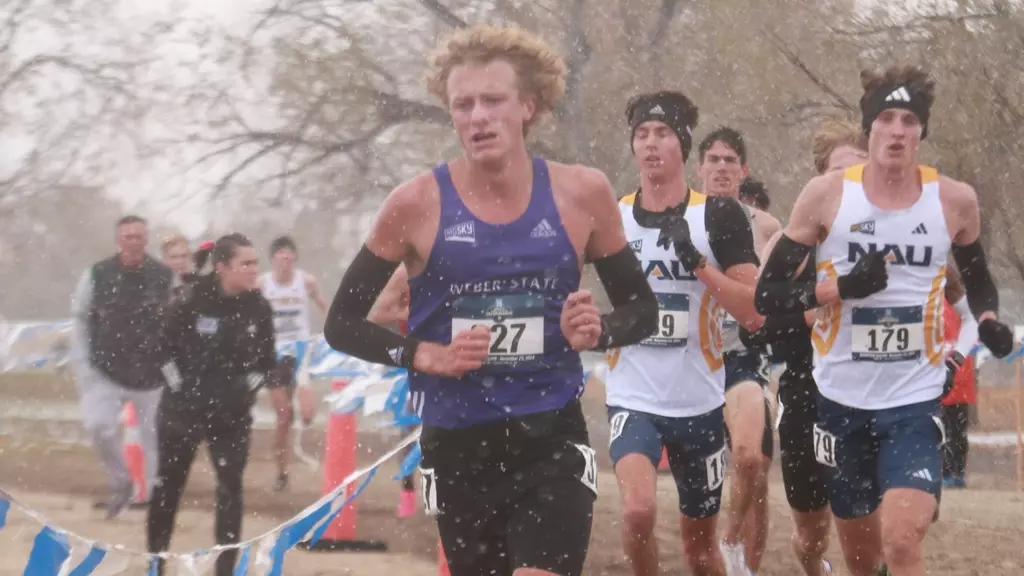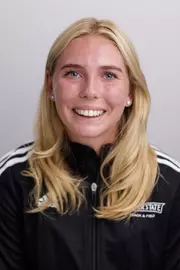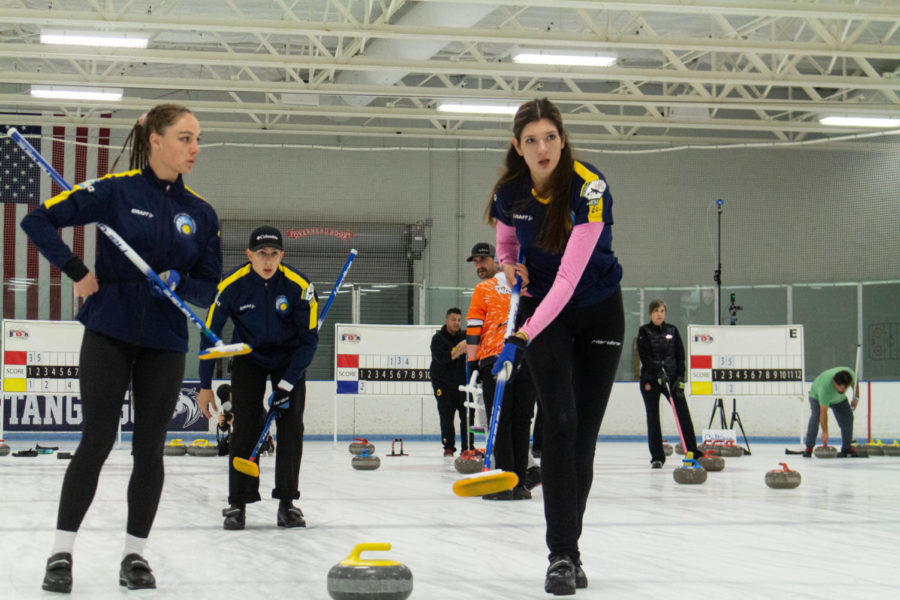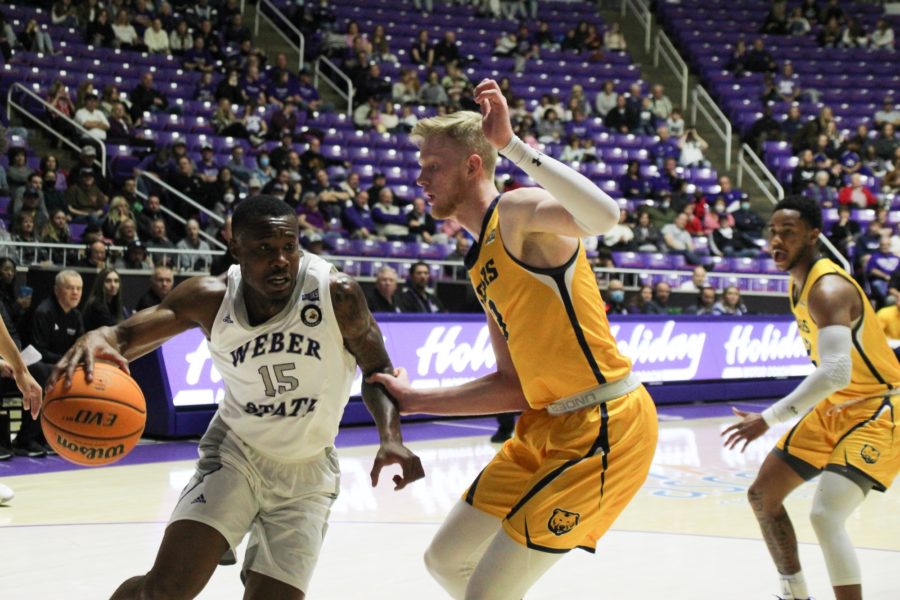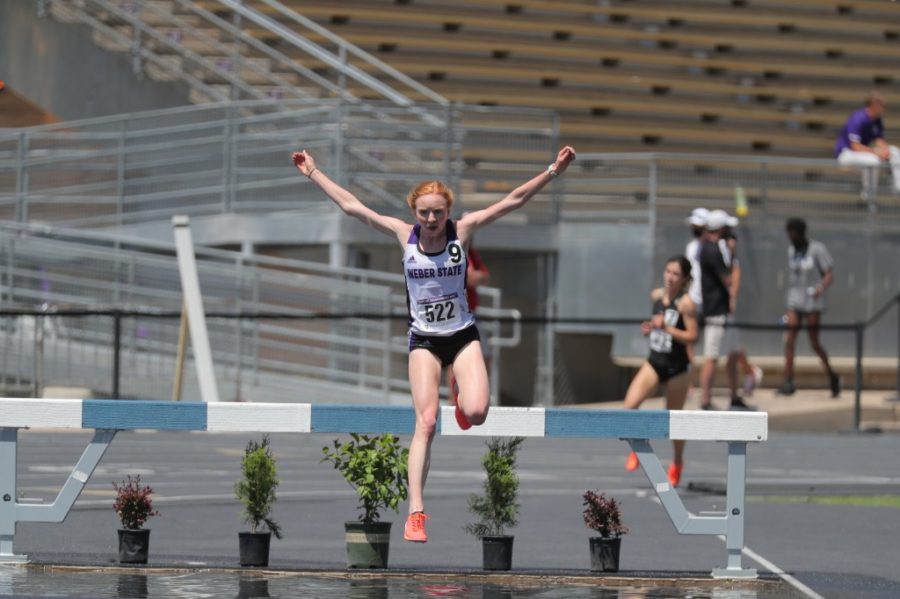Like traditional students, high school athletes are faced with the task of seeking scholarship opportunities in order to make attending college more affordable.
The work to fund and offer the sought-after athletic scholarship can be extensive. It’s important to understand scholarship allowances for universities, where the funding comes from and the requirements to receive such funds.
Will Pridemore, director of compliance at Weber State University, works with prospective student-athletes to ensure they are eligible for competition once they are enrolled at Weber State.
There are two different types of sports in the eyes of the National Collegiate Athletic Association, as well as hybrid-sports that are a combination of the main two types.
Head-count sports, such as men’s and women’s basketball, offer a finite number of scholarships to be distributed throughout the team.
Equivalency sports scholarships are slightly more complex, as it takes mathematics to allocate scholarships properly. Some of Weber State’s equivalency sports are men’s and women’s track and field, men’s golf and women’s soccer.
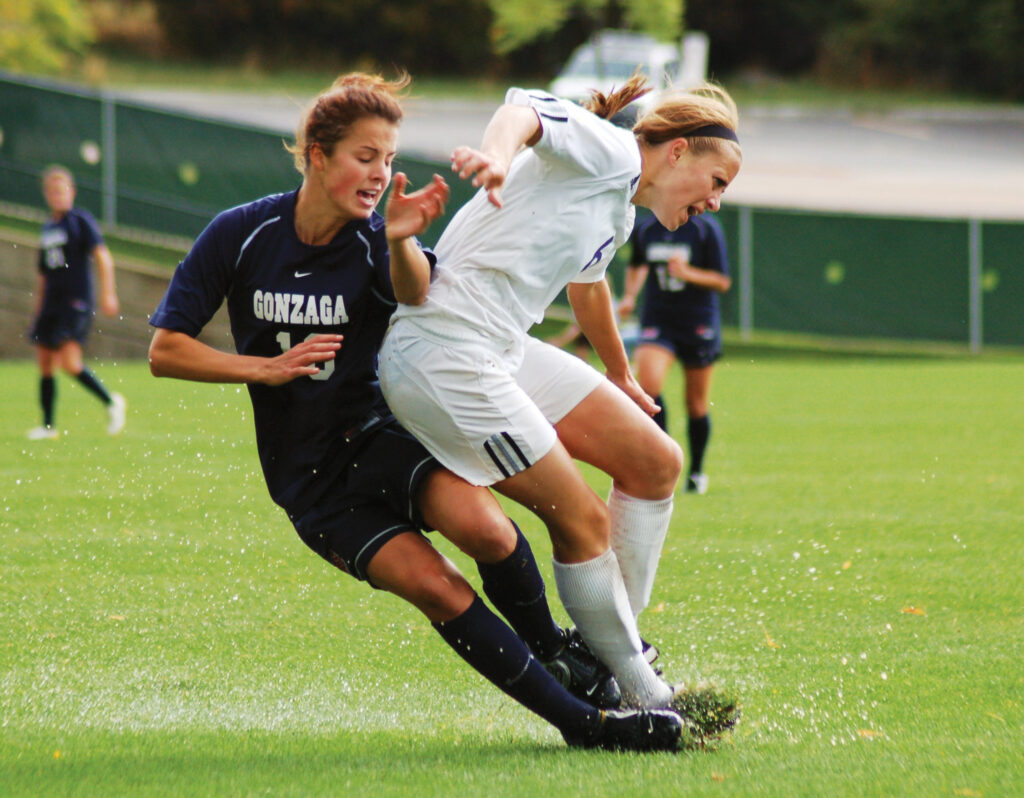
“You get x number of equivalencies, and you can divide those up to as many people on the team as you want to,” Pridemore said. “For example, men’s track (and field) gets 12.6 scholarships, but they can give it to an unlimited number of people. There’s obviously limits on funding and how far you can take it to get a certain number of people on scholarship, but that’s how equivalency sports work.”
FCS Football, the tier Weber State resides in, serves as a hybrid of the two, allowing up to 85 athletes on scholarship but also carrying an equivalency number of 63 and a limit to 30 on the initial counters.
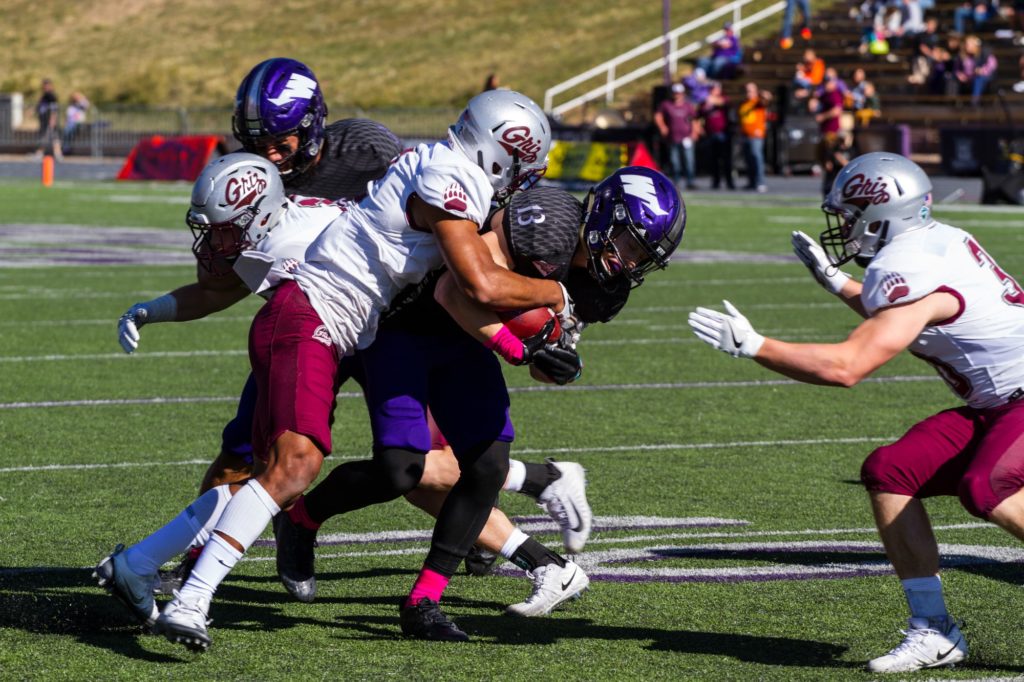
Scholarships can be divided up to either half or quarter scholarships in order to field a larger team with funding. “Thirty initial counters” refers to the amount of players that can be added per year, maximum.
The actual funding of these scholarships is an entirely different beast.
“We have money that’s allocated by the university,” Pridemore said. “We also raise money for scholarships through the Wildcat Club.”
According to their website, the Wildcat Club donations “benefit more than 300 student-athletes each year.”
Funding for college athletics in the state of Utah can also be generated by lawmakers. According to the Salt Lake Tribune, Weber State was given money in 2016, “providing $1.3 million to Weber State University for athletes’ summer classes.”
One of Pridemore’s core responsibilities is checking the eligibility of high school athletes to make sure that time is well spent on both parties.
“The coaches identify who they want to recruit, and then they generally collect transcripts before they do an official visit, which is where we can pay for them to come on campus,” Pridemore said.
He also added that the NCAA requires athletes to submit a transcript to verify academically eligibility before they can come to the university on an official visit.
The Wildcat football program is currently improving their relationship with the NCAA after self-reporting academic irregularity violations in 2014.
“At Weber State, we hold our students, faculty and staff to the highest level of ethical and professional conduct,” Weber State University President Charles A. Wight said. “This investigation found that, in this case, a former adjunct instructor failed to uphold those standards.”
The program will officially be off of probation as Nov. 18.
In addition to athletes with scholarships, teams can have walk-on players. They are students that choose to play on a collegiate team while receiving little to no funding for their participation. Despite their lack of a scholarship, these players are treated the same as the rest of the team.
“(These athletes) need to meet the same eligibility requirements of everyone else,” Pridemore said. “Some of our teams have roster limits, so the coaches need to balance the number of scholarship athletes with the number of walk-ons.
The example Pridemore uses is the Weber State football team, which has 85 people on scholarship but around 100 people on the total roster. Even though a player starts as a walk-on, they do not have to stay that way.
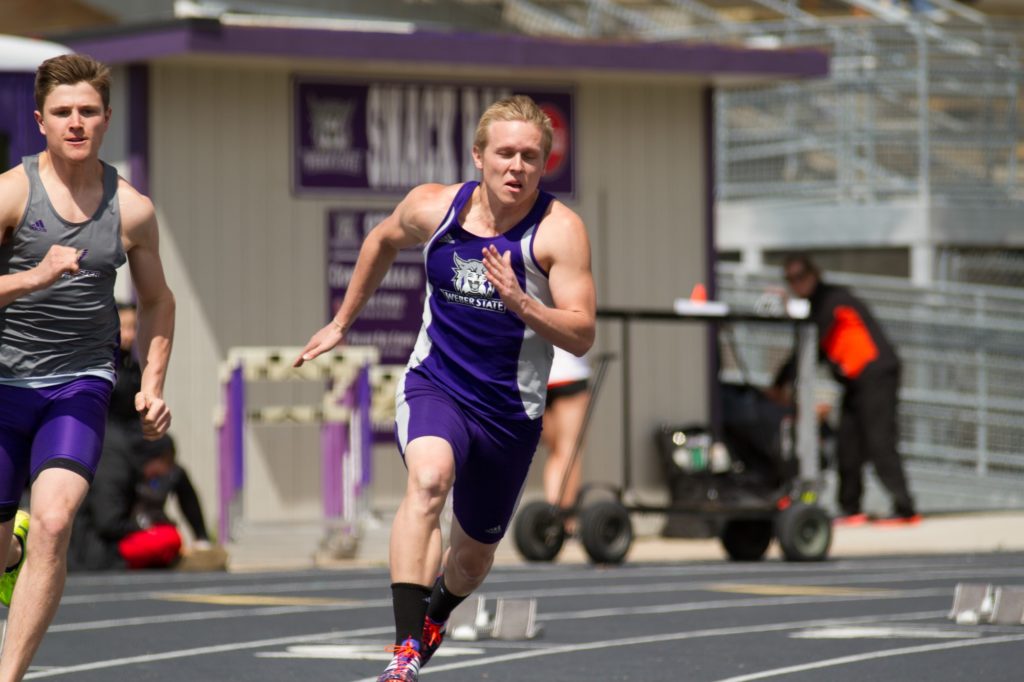
“If (the athletes) come and perform well, they could be awarded with a scholarship,” Pridemore said.
Non-scholarship and walk-on student-athletes show every day that college athletics can still be sought after, even without money from the university to continue their dreams.




